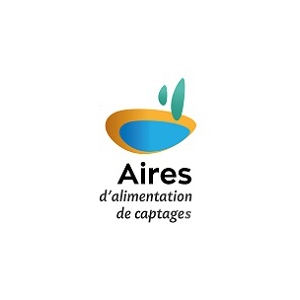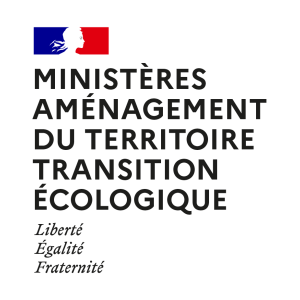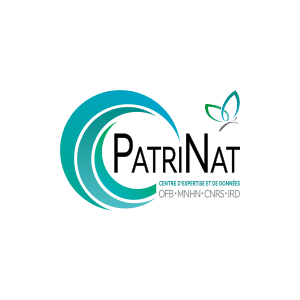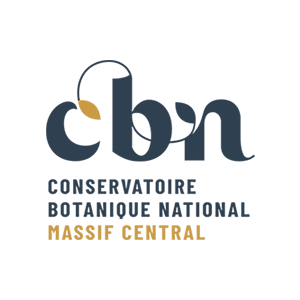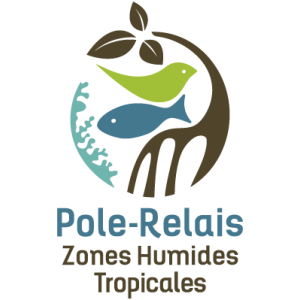
Document généré le 08/01/2026 depuis l'adresse: https://www.documentation.eauetbiodiversite.fr/fr/notice/light-and-electron-immunohistochemical-assays-on-paramyxean-parasites
Titre alternatif
Producteur
Contributeur(s)
EDP Sciences
Identifiant documentaire
10-1994006
Identifiant OAI
oai:edpsciences.org:dkey/10.1051/alr:1994006
Auteur(s):
Timothy J. Anderson,Thomas F. McCaul,Viviane Boulo,Jose A. F. Robledo,Robert J. G. Lester
Mots clés
Disease diagnosis
life cycle
immunolabelling
antibody
oyster
Diagnostic
immuno-marquage
anticorps
Paramyxine
huître
Date de publication
15/01/1994
Date de création
Date de modification
Date d'acceptation du document
Date de dépôt légal
Langue
en
Thème
Type de ressource
Source
https://doi.org/10.1051/alr:1994006
Droits de réutilisation
Région
Département
Commune
Description
An indirect fluorescent antibody test (IFAT) incorporating a polyclonal antibody to Marteilia sydneyi recognized spornlating stages of M. sydneyi from Saccostrea commercialis but not those of Marteilia refringens, M. maurini, Marteilia sp. and Marteilioides branchialis from Ostrea edulis, Mytilus galloprovincialis, Mytilus edulis and Saccostrea commercialis respectively. This indicates that the antibody had a high specificity and that the other parasites were immunologically distinct from M. sydneyi. Immunoelectron microscopy was used to investigate background labelling and the specificity of the antibody to antigenic sites. It showed that though most immunoglobulins were specific to parasite epitopes, some reacted to host tissue. IFAT's based on three monoclonal antibodies raised against Marteilia sp. did not recognise spores
or other stages of M. sydneyi. An immunogold-silver staining technique using the
polyclonal antibody to M. sydneyi failed to identify the presumed presporulation stage of M. sydneyi in the connective tissue of a recently infected host. This suggests the antigens were stage-specific. Thus a DNA probe rather than immunohistochemical tests may be more useful in investigating the life cycle of this parasite.
Accès aux documents
0
Consultations
0
Téléchargements












